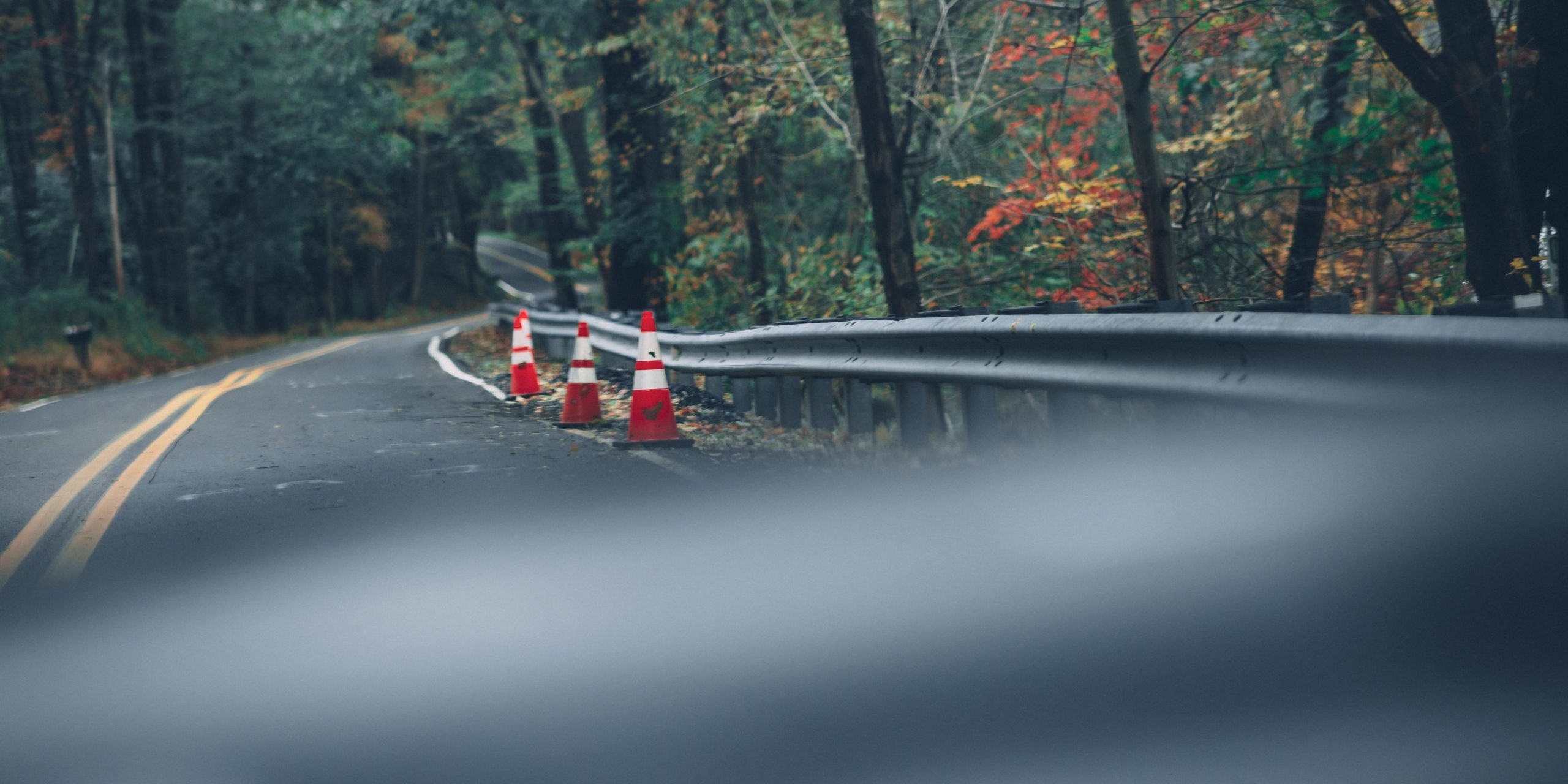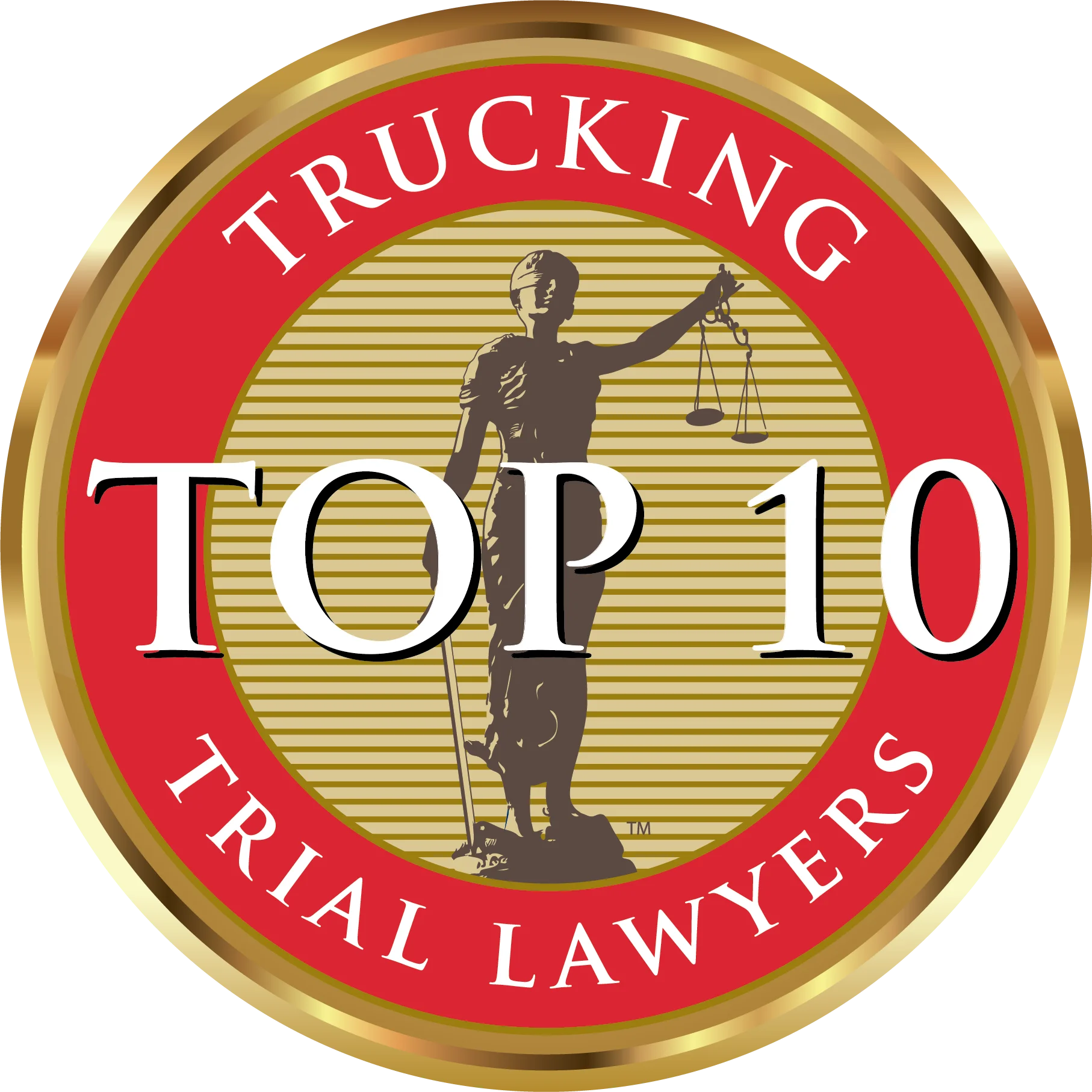
Aging U.S. Infrastructure Raises Liability Questions for Newer Vehicles
A recent roadway crash study by the University of Nebraska-Lincoln raises questions about the safety of U.S. highway infrastructure, especially as electric vehicles (EVs), pickup trucks, and SUVs increase in weight.
Highway Safety for Heavier EVs and Trucks
The Midwest Roadside Safety Facility at the University of Nebraska-Lincoln recently conducted crash tests of highway guardrails, using an EV pickup truck to determine whether highway guardrails can withstand heavier vehicles.
Dramatic footage from the testing, featured on 60 Minutes and other news outlets, showed the guardrails failing instantly as a 7,000-pound Rivian R1T electric truck crashed through them at 60 miles per hour. In a separate test, a 2018 Tesla Model 3 weighing approximately 4,000 pounds lifted the guardrail and slid beneath it. The facility plans to perform additional tests.
The guardrail system was originally designed and tested with gas-powered vehicles weighing 2,400 to 5,000 pounds. Until recently, the system hadn’t been tested with new EVs, which typically weigh 20 to 50 percent more than comparable gas-powered vehicles and have lower centers of gravity. Larger gas-powered trucks, which can also weigh more than 5,000 pounds, may cause similar rates of guardrail failure.
One thing appears certain: If newly installed guardrails provide little protection during an EV crash, older guardrails on US roads may do even less.
Liability Issues When Guardrails Fail
Guardrails are installed along the nation’s roadways to prevent cars from flying off the road into a wall, a tree, or a ditch. They’re used in places where leaving the road could cause a vehicle and its occupants to suffer catastrophic harm 一 places like bridges, the edges of cliffs and ravines, and on divided highways where a vehicle could end up in high-speed, head-on traffic.
Guardrail-vehicle sideswipe crashes cause about 1,189 deaths and 35,000 injuries each year. Occupants of cars and pickup trucks account for 14 percent of these deaths. Motorcyclists account for 32% of guardrail fatalities.
Guardrail failures increase the risk of death or serious injury for the occupants of a vehicle that collides with the guardrail. When guardrails fail, questions arise: Why did the guardrail fail? Who may be held responsible for the failure?
Newer guardrails may raise product liability questions if the guardrail contains a hidden defect. Vehicle manufacturers may also face scrutiny as they release heavier vehicles despite the knowledge that guardrails cannot withstand the vehicles’ weights.
These liability questions can complicate a car accident claim. In addition to holding a negligent driver accountable, an injured person or their family may need to investigate the liability related to guardrail failure. An experienced attorney can help.
Lessons From Previous Guardrail Failure Cases
The problem of guardrails collapsing as vehicles become heavier isn’t new. In the 1990s, when pickup trucks and SUVs became popular, aging guardrails often failed under the weight of these larger vehicles in a crash. In response, the Midwest Roadside Safety Facility redesigned guardrails to accommodate these heavier vehicles. In 2011, the Federal Highway Administration issued stricter guidelines for guardrails.
Yet issues persisted. Guardrail maker Trinity Industries faced a $663 million judgment in 2015 after a Texas judge found the company had made changes to its guardrail system in 2005 but had failed to report the changes to federal regulators – effectively defrauding the government. Trinity’s guardrail systems came under scrutiny after several accidents and tests showed its guardrail terminals jamming, bending, and spearing through vehicles.
At the time, research of the Trinity system and other guardrails found that issues with guardrail failures weren’t limited to any one brand or product. Instead, questions of liability may arise whenever a guardrail fails.
It remains unclear which changes will be necessary to accommodate electric vehicles on US roadways, according to a Midwest Roadside Safety Facility spokesperson. One option is to replace guardrails with concrete barriers, although doing so would not eliminate the risk of injury or death in a guardrail sideswipe crash. Research continues on methods for improving guardrail safety – but any results will take time to implement on the nation’s roads.
What to Do If You’re Injured in a Charleston Highway Crash
If you’re injured on South Carolina roads, reach out to an experienced personal injury lawyer as soon as possible. An attorney who represents you can:
- Investigate your crash and injuries and gather evidence to support your claim for compensation.
- Handle insurance company paperwork and negotiations.
- Answer your questions and help you make informed choices to protect your legal rights.
To learn more, call our experienced South Carolina car accident law firm today. The team at the Steinberg Law Firm is here to help.





















